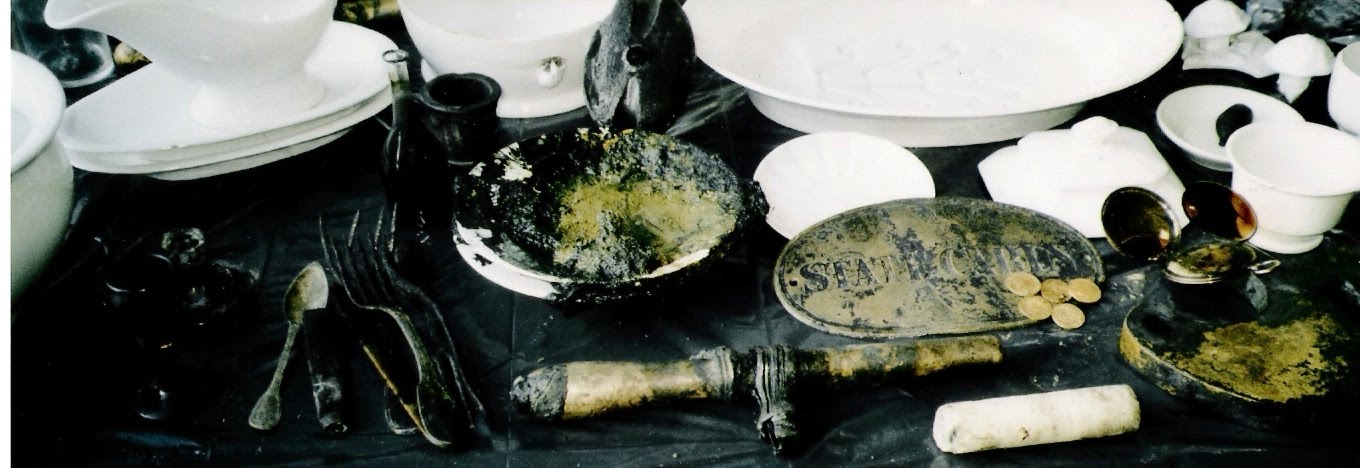Hydro International -
The Woods Hole Oceanographic Institution (WHOI) will lead the first international, multidisciplinary assessment of the levels and dispersion of radioactive substances in the Pacific Ocean off the Fukushima nuclear power plant, a research effort funded by the Gordon and Betty Moore Foundation.
"This project will address fundamental questions about the impact of this release of radiation to the ocean, and in the process enhance international collaboration and sharing of scientific data," said Vicki Chandler, chief program officer, Science at the Gordon and Betty Moore Foundation.
The shipboard research team includes scientists from WHOI, Scripps Institution of Oceanography, Oregon State University, University of California, Santa Cruz/Lawrence Livermore National Laboratory, University of Hawaii, Univ. Autonoma de Barcelona (Spain), and the University of Tokyo (Japan). They will collect water and biological samples and take ocean current measurements in an area 200km x 200km offshore of the plant and further offshore along the Kuroshio Current. Their work will build on efforts by Japanese scientists and lay the foundation for expanded international collaboration and long-term research of questions related to releases from the Fukushima plant.
In addition to those on board, collaboration will include scientists at labs at Oxford University (UK), the University of Tokyo and the Tokyo Institute of Technology (Japan), the IAEA Environment Laboratories (Monaco), the University of Bremen (Germany) Comenius University Bratislava (Slovakia), Savannah River National Laboratory, Lamont Doherty Earth Observatory, and the University of Hawaii (US).
The 15-day expedition aboard the University of Hawaii's research vessel Kaimikai-O-Kanoloa has departed 4th June.
The Japanese government and Fukushima plant owner, Tokyo Electric Power Company (TEPCO), began measuring radiation in the ocean, iodine and cesium isotopes, ten days after the accident and have been monitoring the water around the reactors up to 30km from shore, where radiation levels have been highest.
As the radiation moves offshore, it is diluted and mixed through the ocean depths along the way, so that levels of some contaminants just 15 miles offshore are 100 to 1,000 times lower than waters near the reactors.

Posted via http://batavia08.posterous.com batavia08's posterous
.jpg)
No comments:
Post a Comment